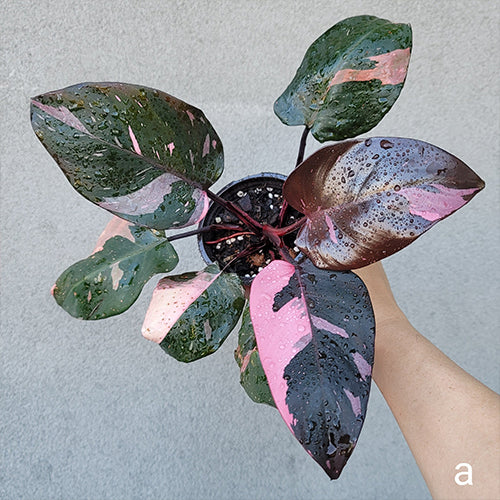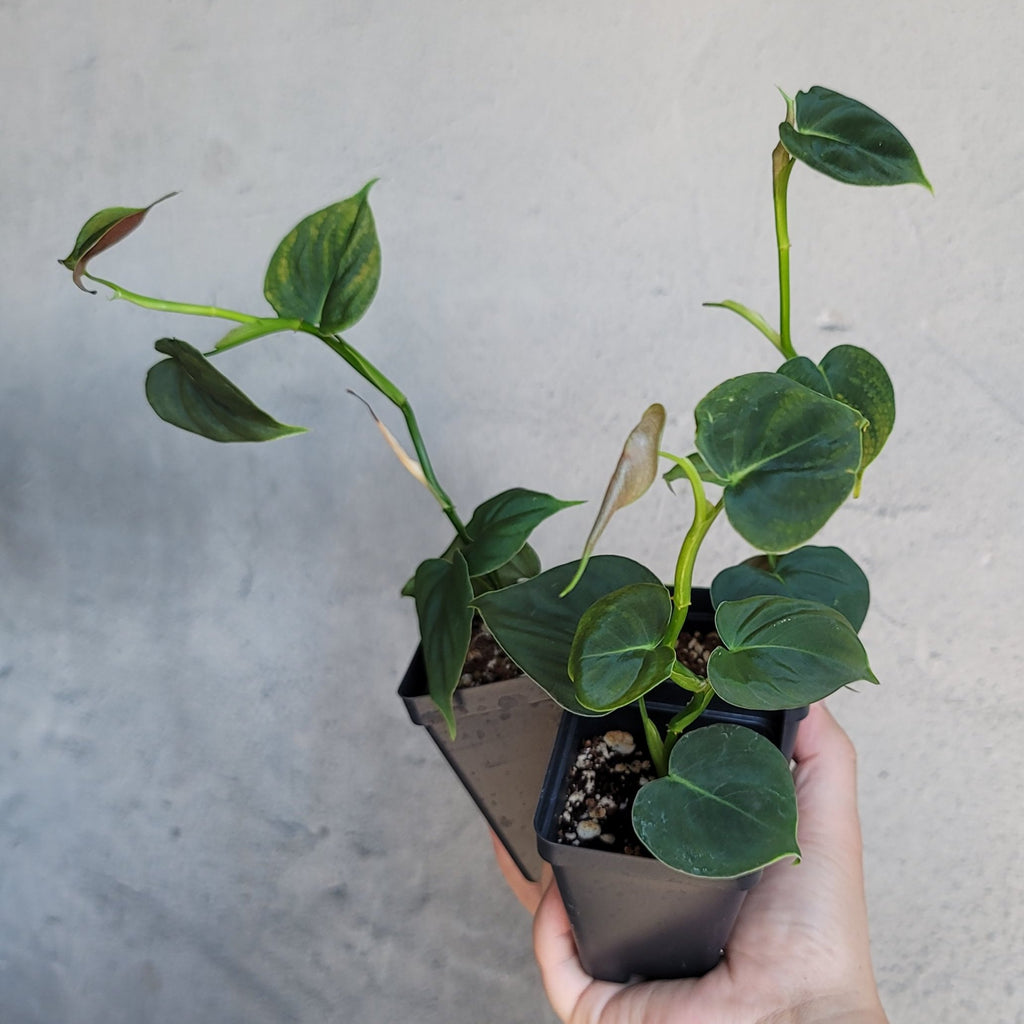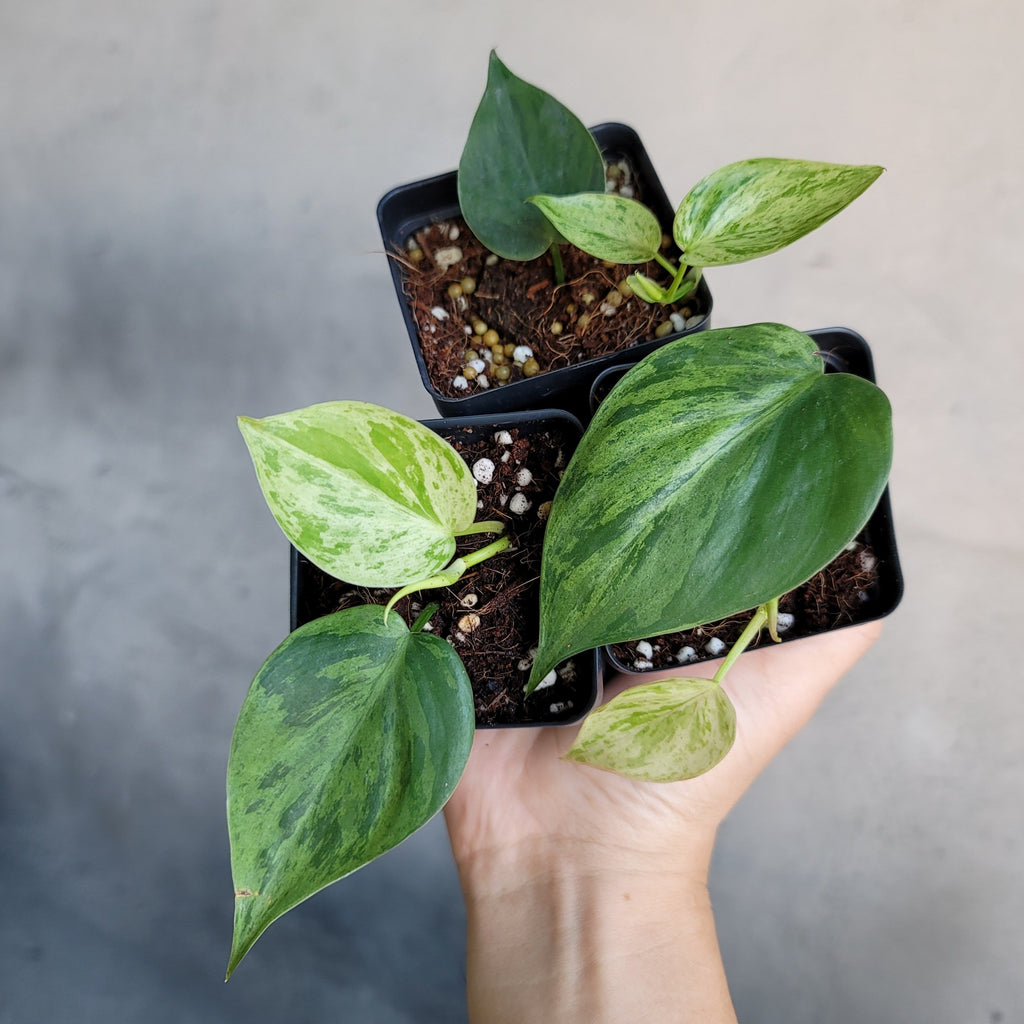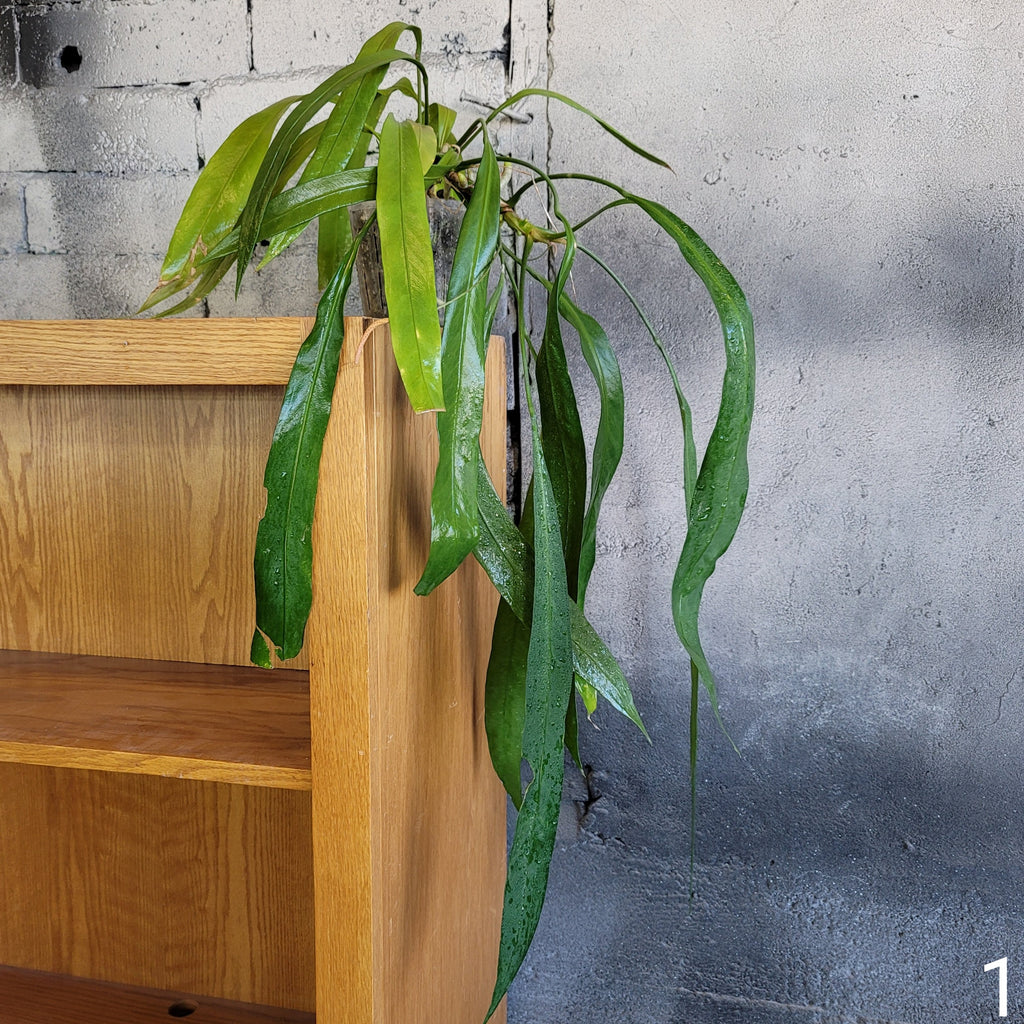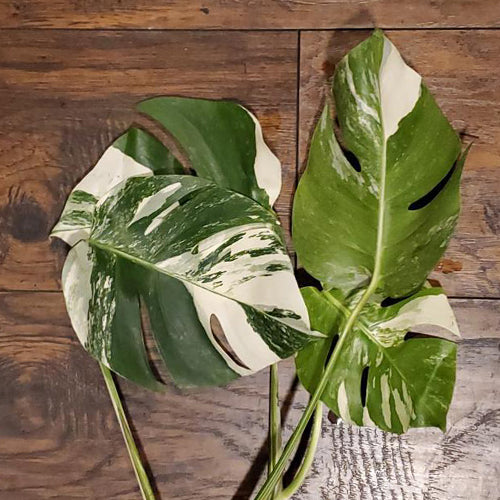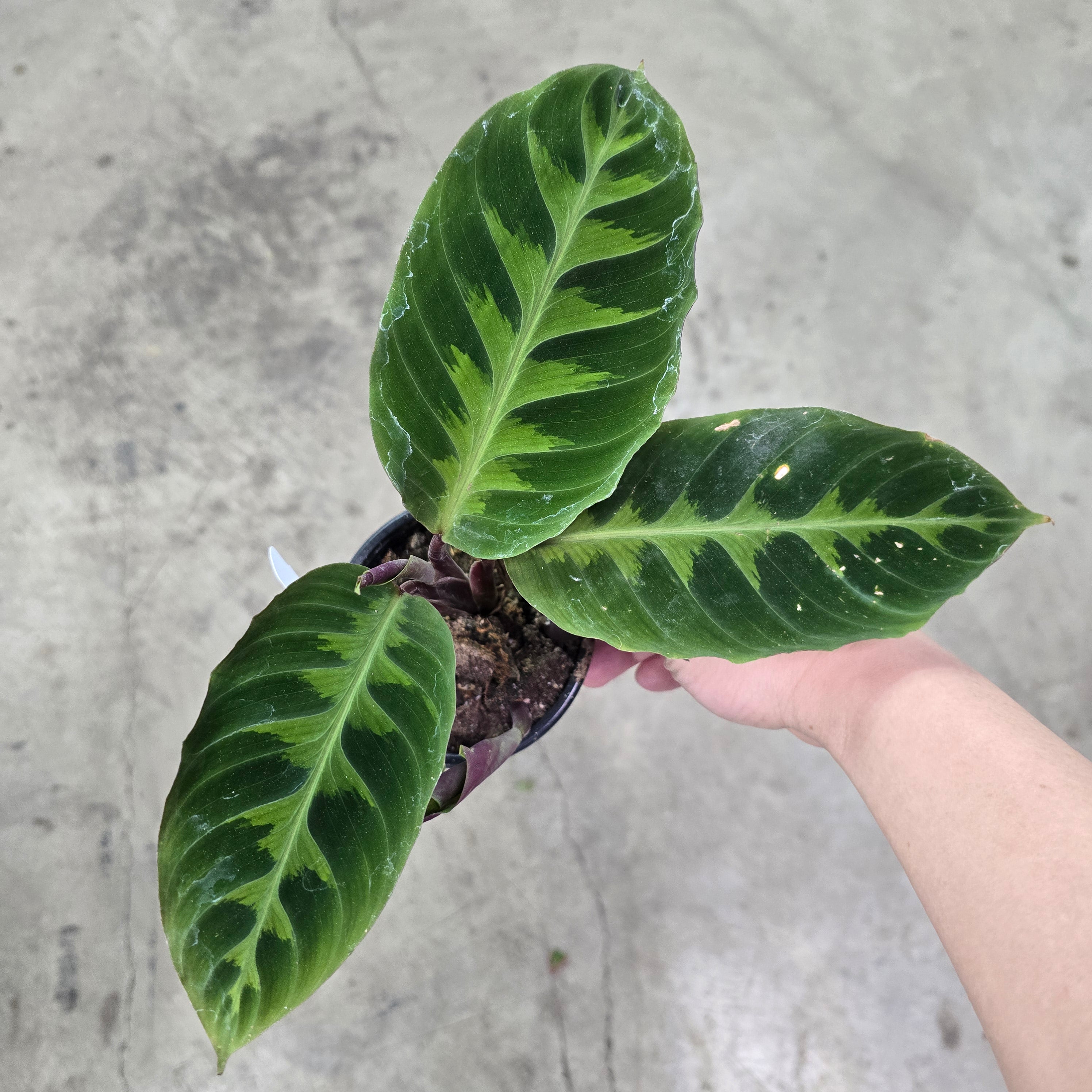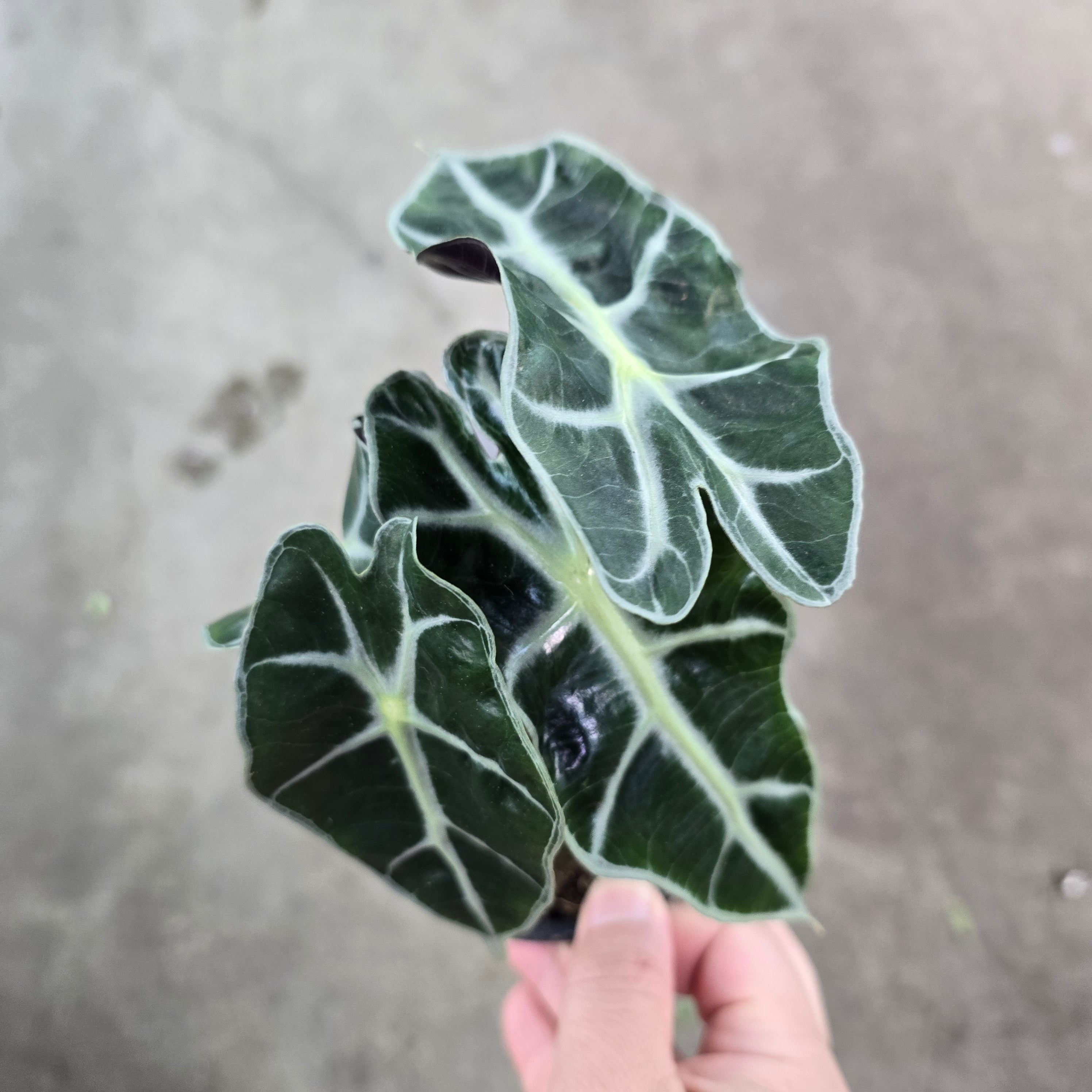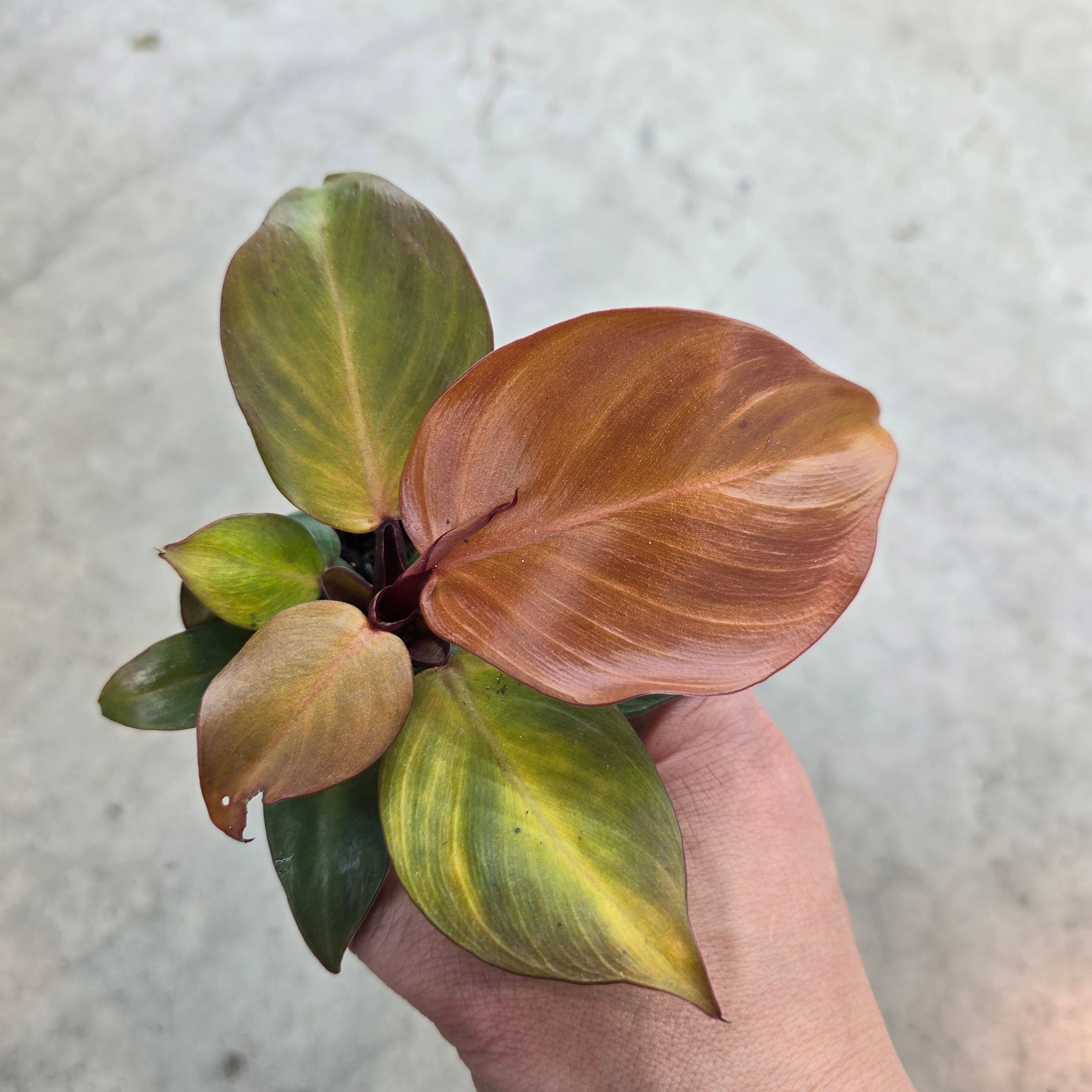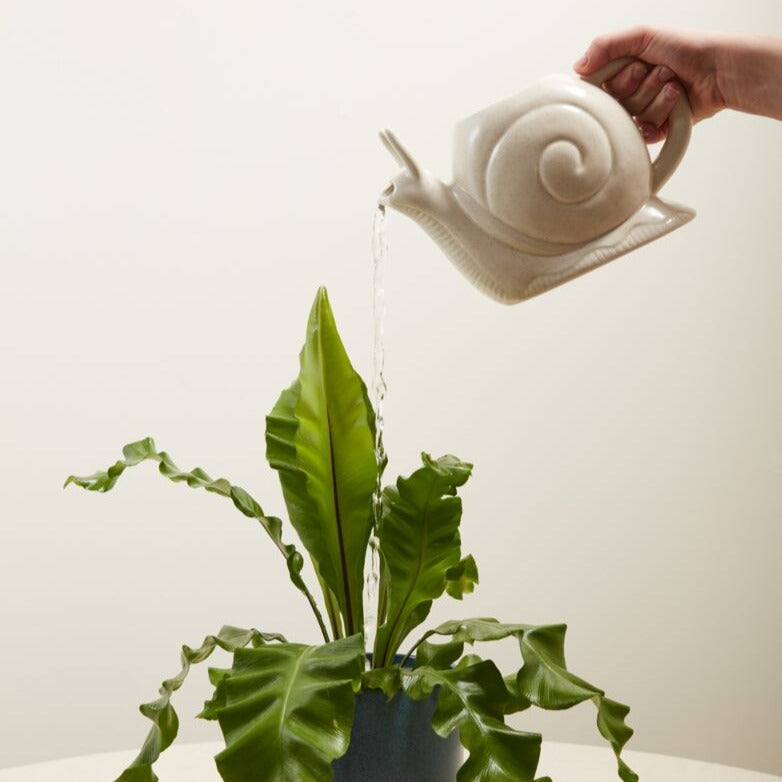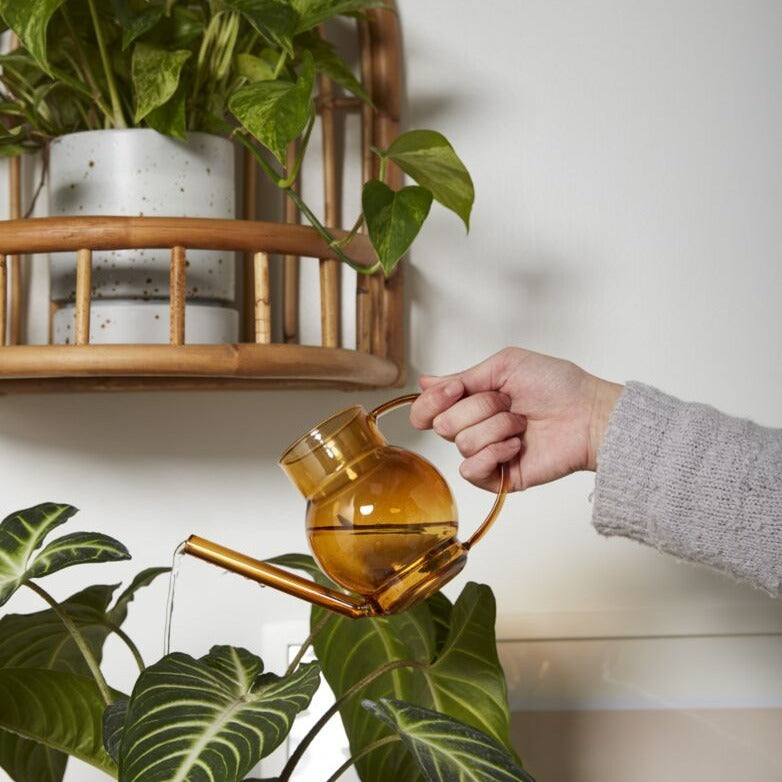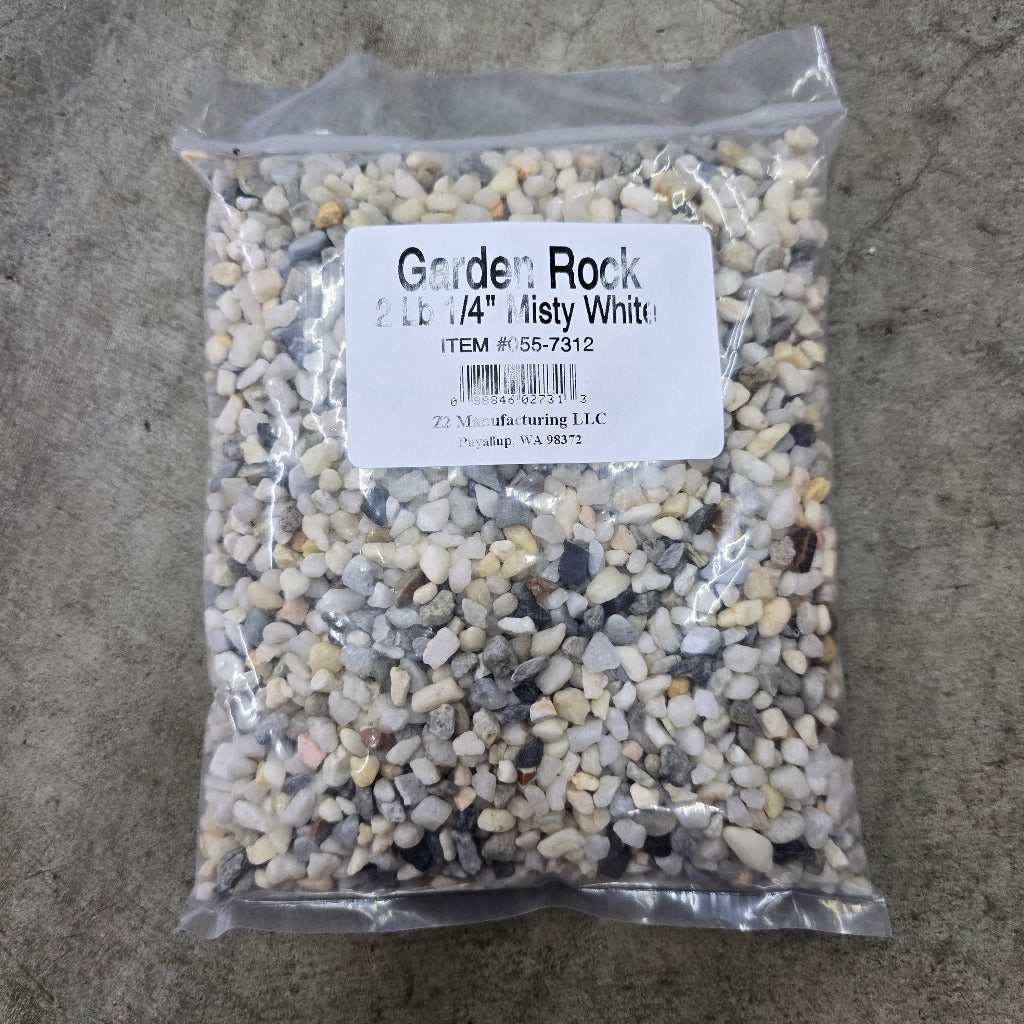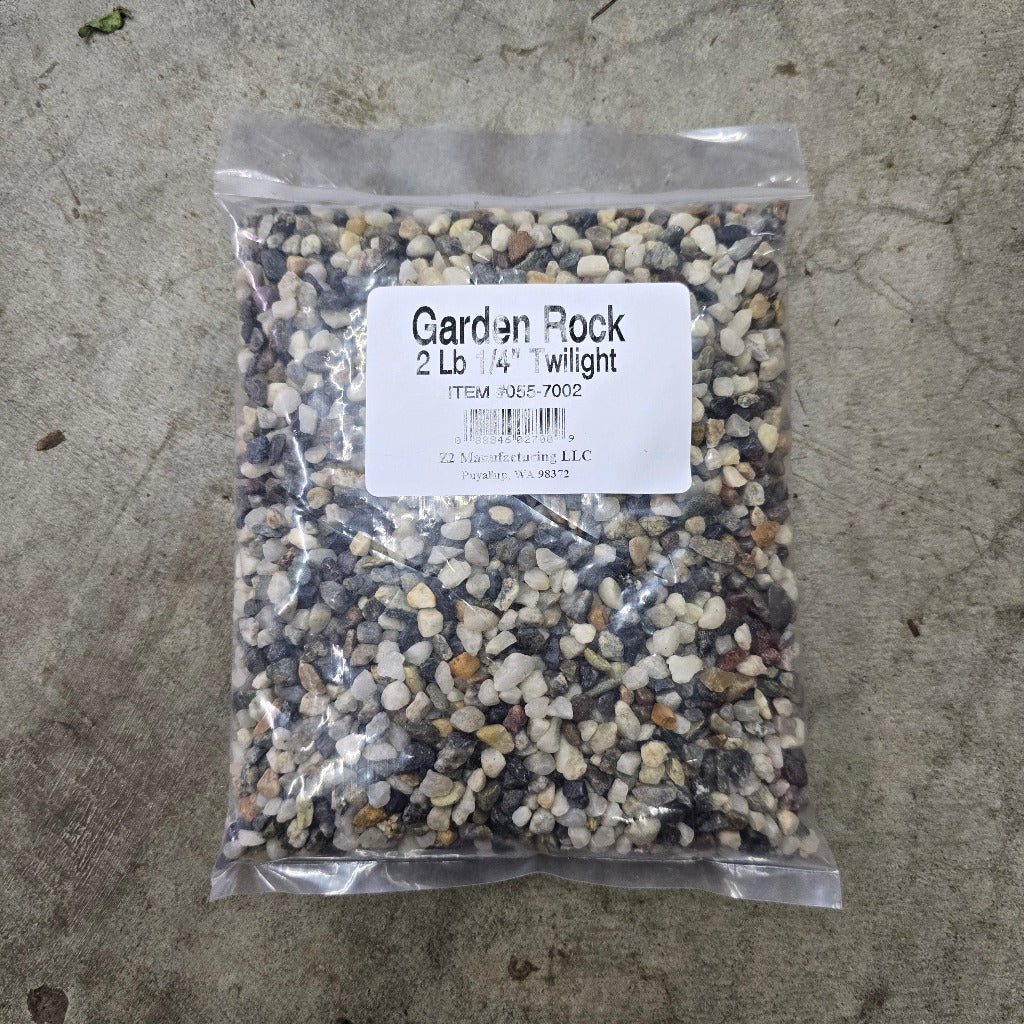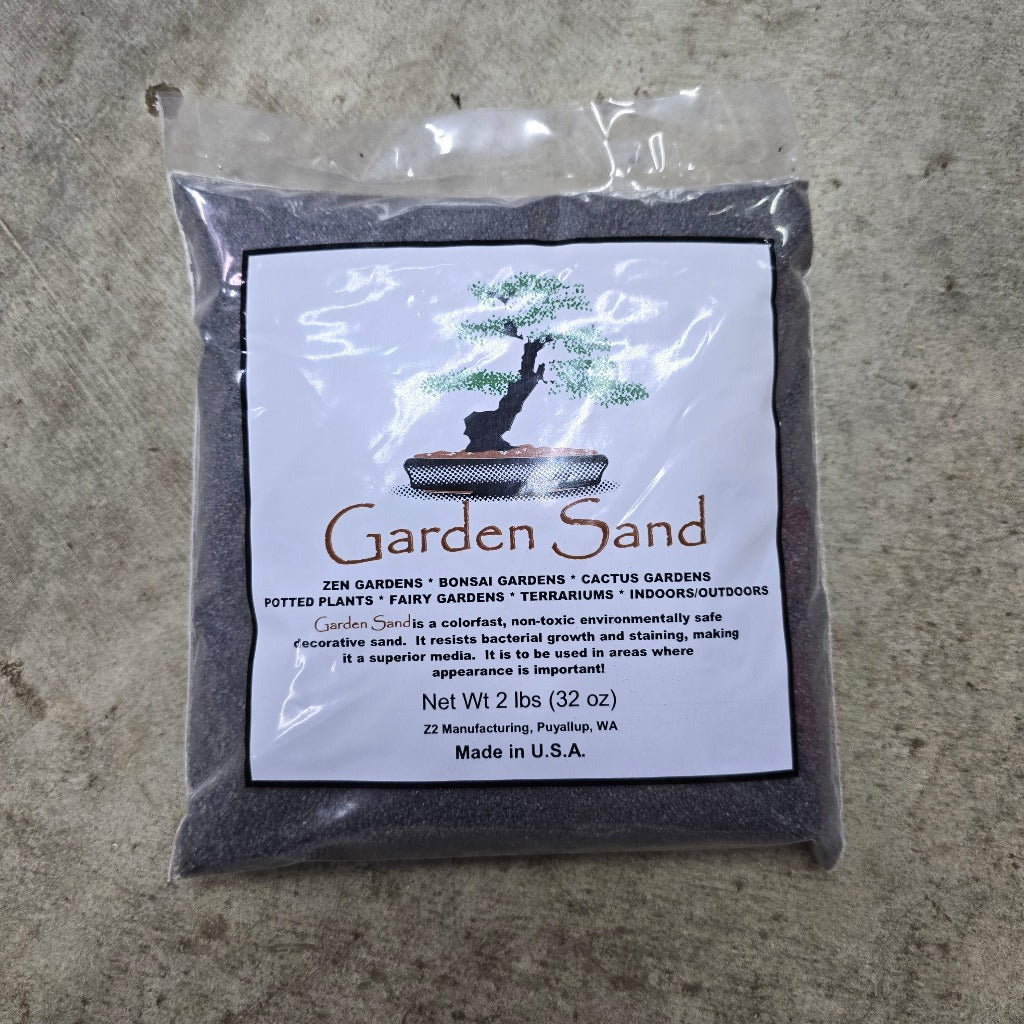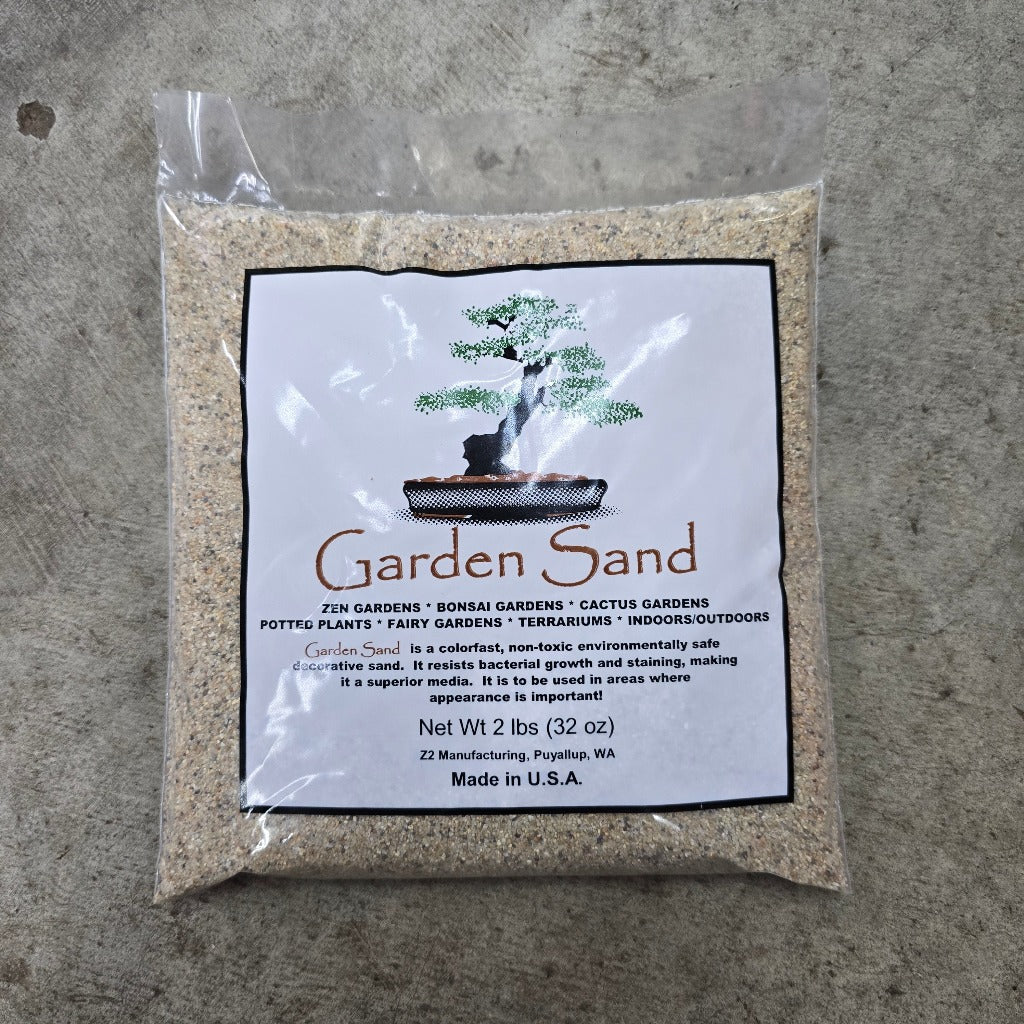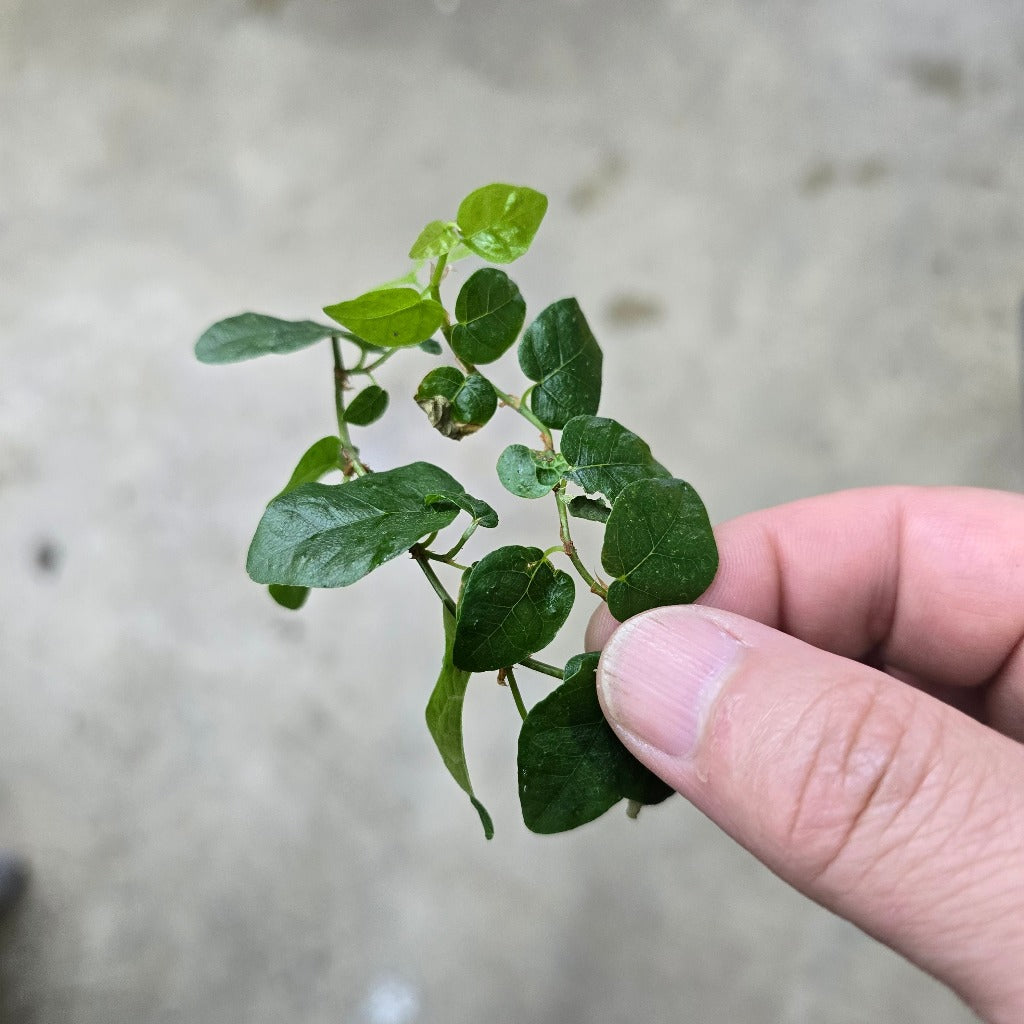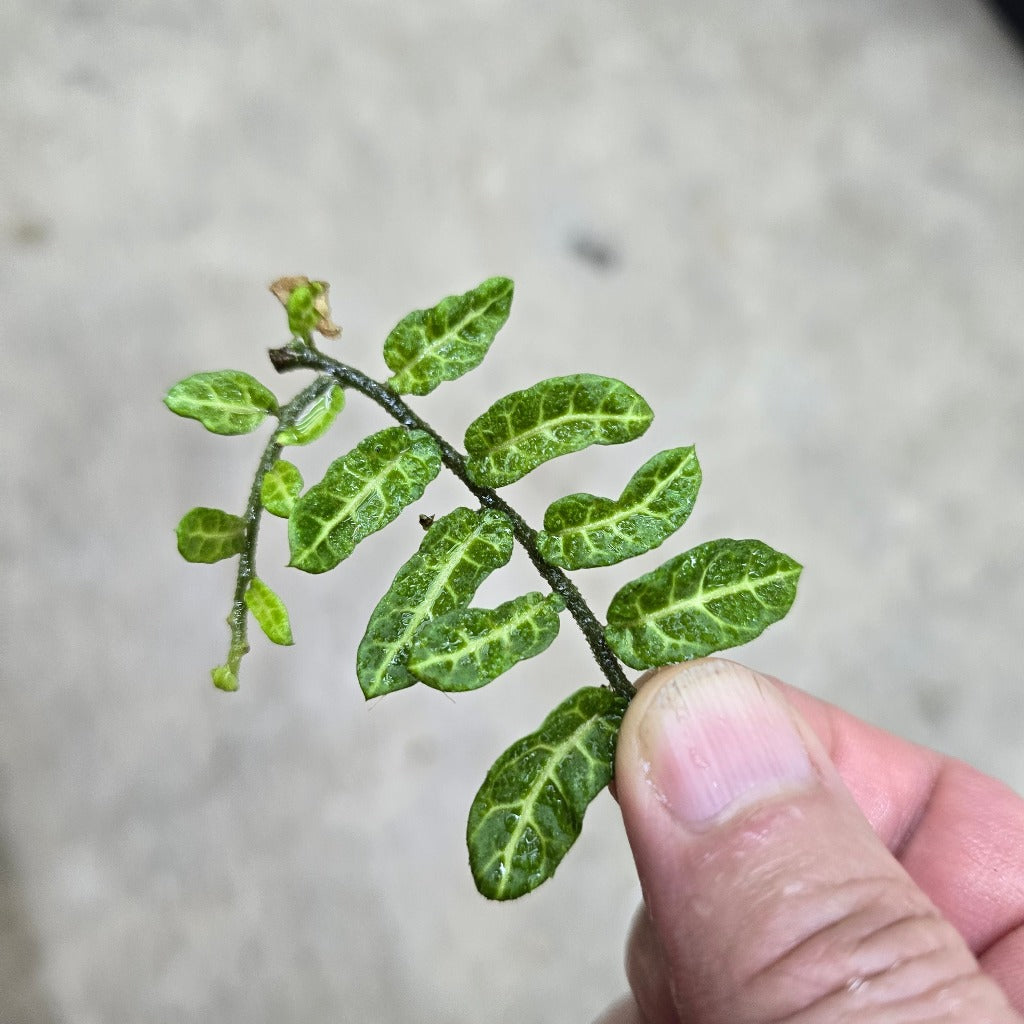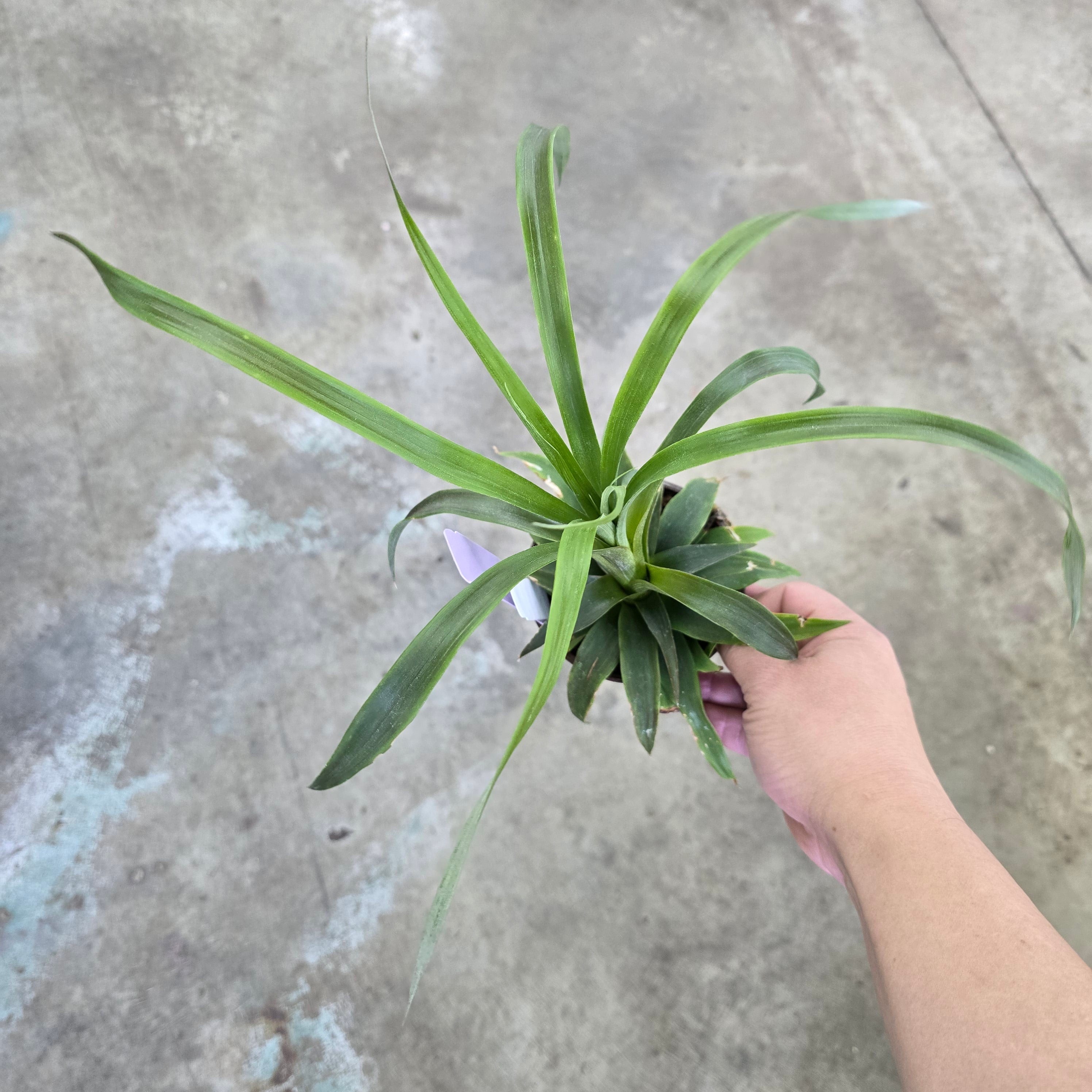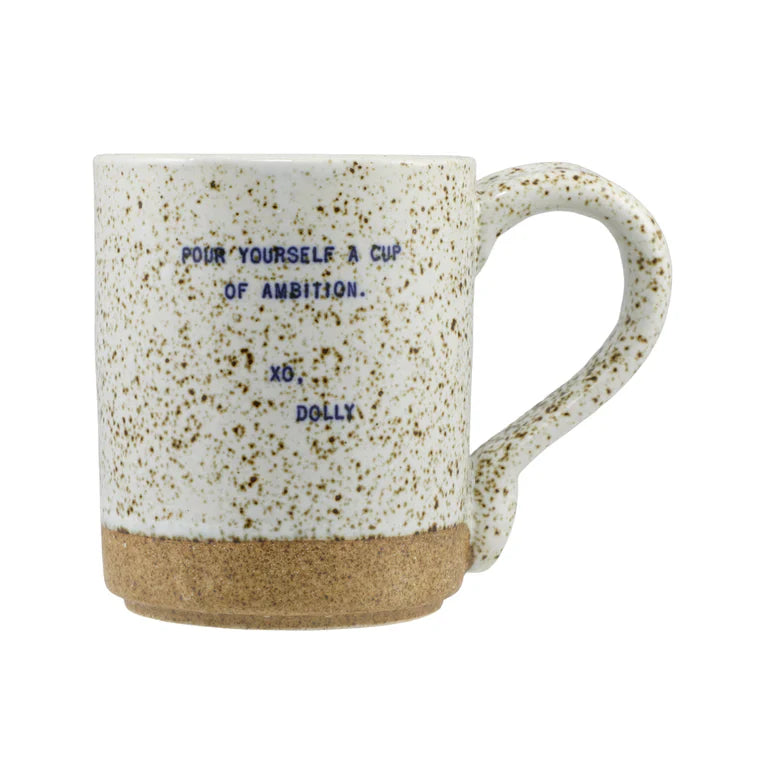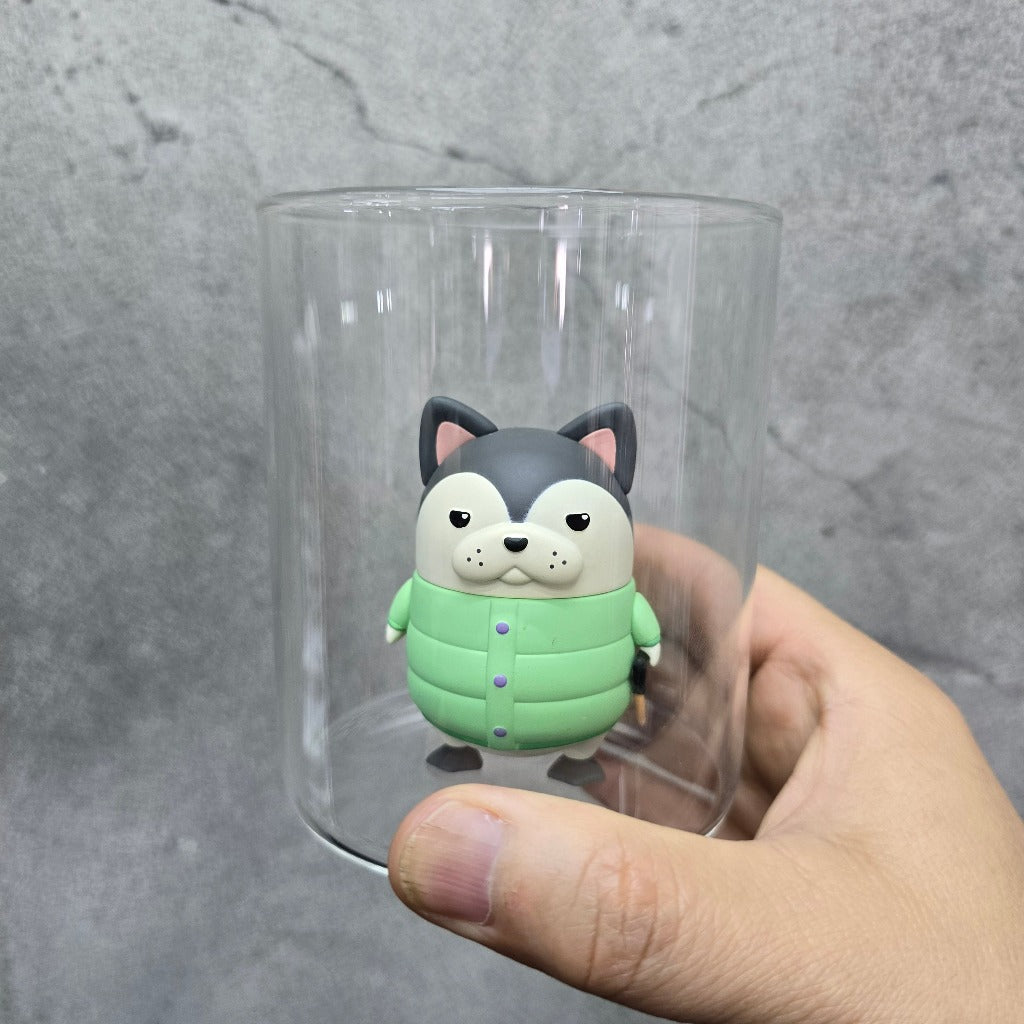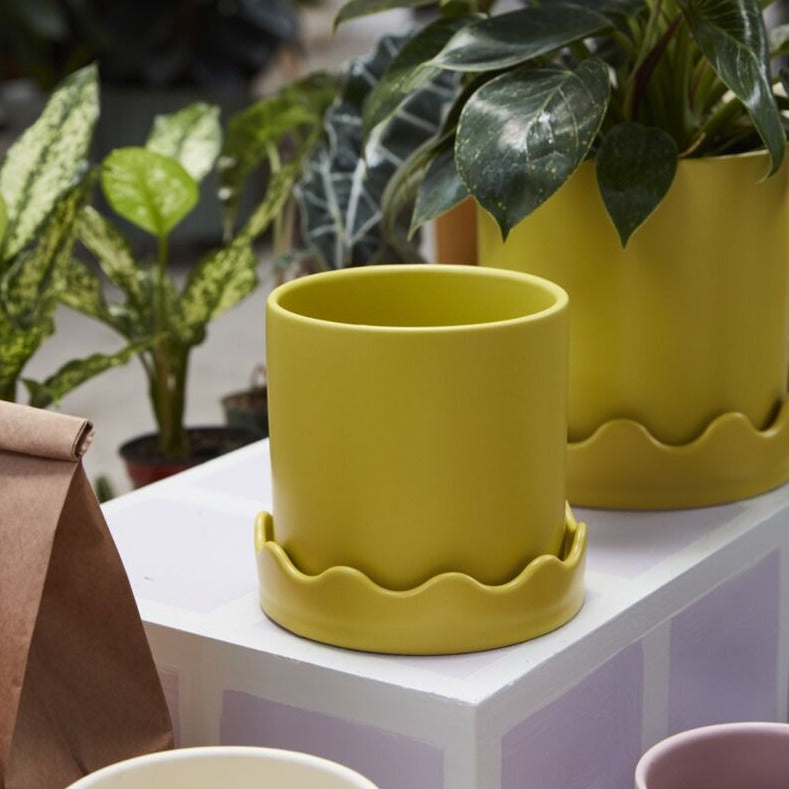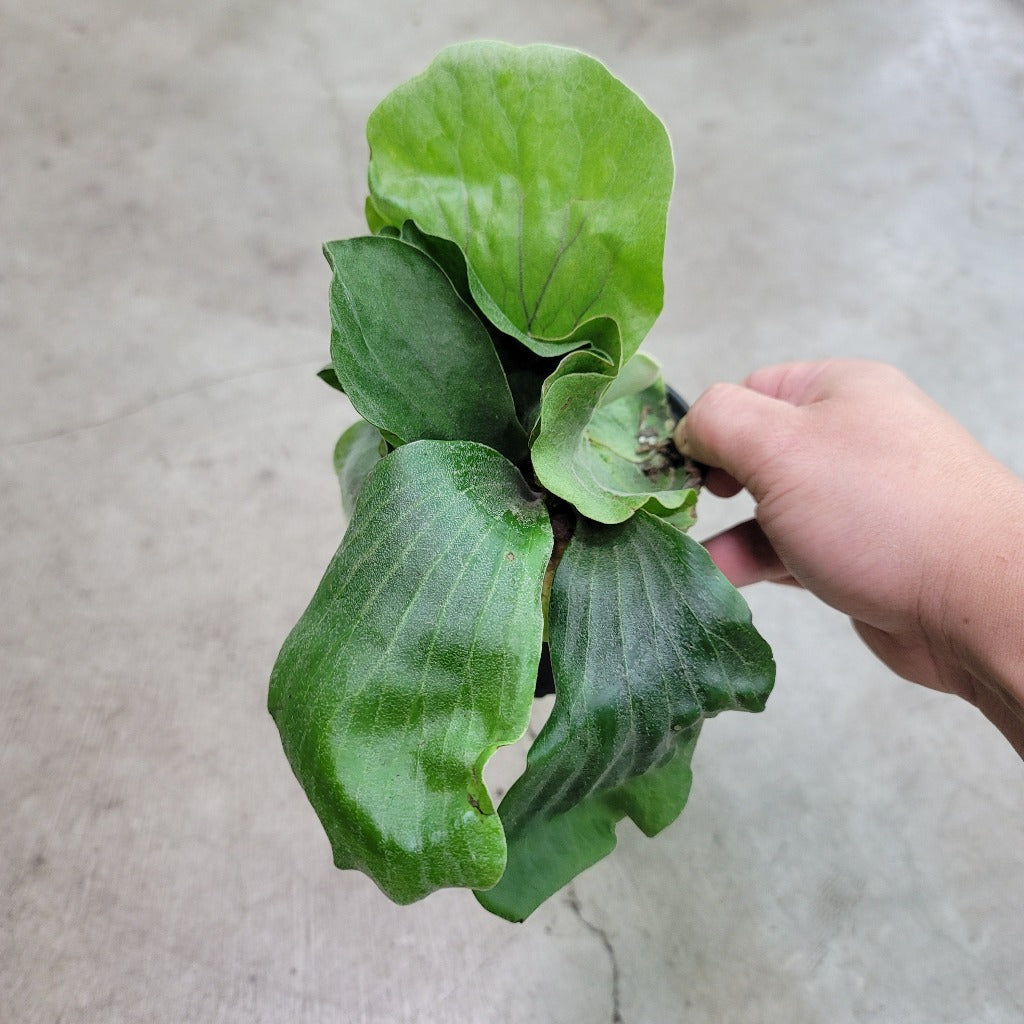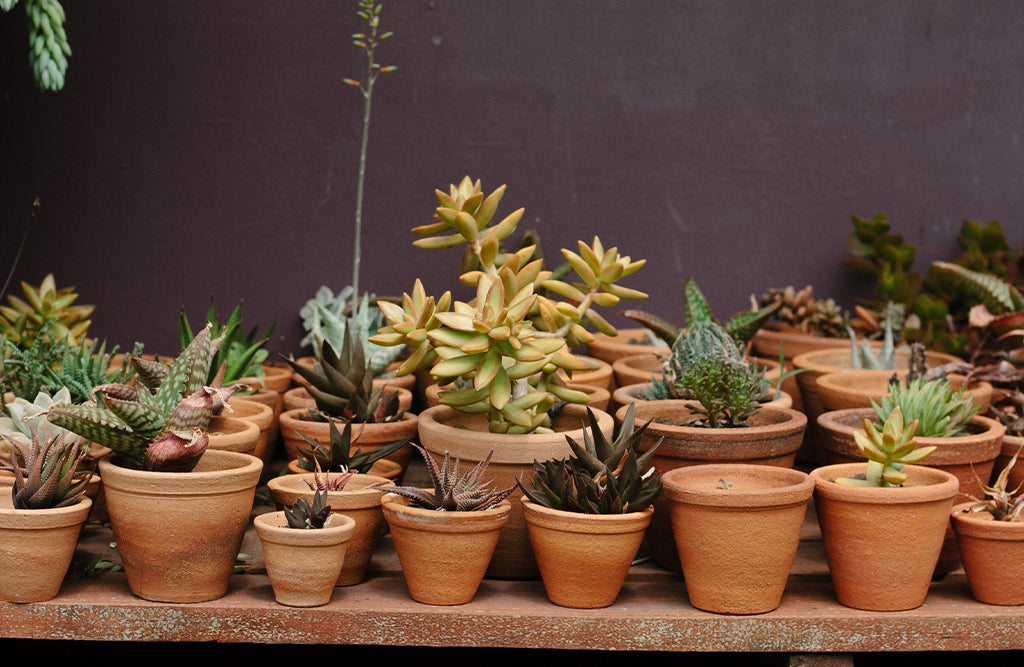
Choose The Right Size And Type Of Pot For Your Plant

Many people see pots as decorations and plant holders only, but not many know that to keep your plants healthy, you will need to know how to choose a pot that suits your plant. Sounds simple right? Unfortunately, lots of plants have special requirements when it comes to their pots.
Choosing a pot doesn’t have to be difficult, however. If you want to know more about how to choose a pot for your plant, read on for some tips and tricks.
Why You Should Repot
The health of your potted plants is directly linked to the size and type of planter you choose. The pot will determine how the roots grow, how quickly the soil dries out, and how healthy your plant is. Plant pots also contribute to our home decor, so of course, you also want your planter to look great.
Plants usually come in flimsy plastic pots when bought. These pots are usually too small for the plants they hold and are often already broken. If you want your plant to look great in your home, you definitely don’t want an ugly, broken plastic pot from the nursery.
Plants need to be repotted every now and then to give them more space and fresh potting mix to grow in. Whether you’ve had your plant for a while or just bought a new one, it is always a great idea to repot at least once a year. Your soil quality will degrade over time causing deficiencies and compaction which makes it difficult for your plant to stay healthy and keep growing.
Replacing old soil with a new potting mix can also give your sickly plant a boost. Soil can sometimes harbor nasty pests and diseases that may affect your plant over time.
Different Types Of Pots/Planters
Plant pots generally fall into seven categories, namely ceramic, plastic, metal, cement, wood, fiberglass/resin, and terracotta pots. Each type of pot has its own benefits and drawbacks and on top of that, you will also need to think about its drainage potential. Let’s take a closer look at the different plant pot materials.
Ceramic pots (Glazed pots)
Ceramic pots come in many interesting shapes and colors. They can be very heavy which means people usually only use them for small plants or succulents. Glazed pots are great at keeping in moisture making them ideal for tropical plants.
Pros:
-
They are heavy making them a great choice for top-heavy plants
-
Sturdy enough to withstand windy conditions
-
Their glazing protects them from weather damage
-
Plants are protected against sudden changes in temperature
-
Their glazing makes them waterproof. This is ideal to keep plants moist in hot dry weather conditions
Cons:
-
Extremely heavy which makes moving your plant difficult
-
One of the most expensive plant pots on the market
-
Usually only has a single drainer at the bottom which reduces drainage efficiency
-
Prone to cracking when exposed to extreme cold
Terracotta pots
Terracotta pots, like glazed pots, are made of clay but they aren’t glazed. These pots are typically a reddish-brown color that gives off an earthy feel. They are quite easy to find and won’t usually break the bank.
Pros:
-
This pot is very porous which makes it ideal for plants that prefer to have their roots aerated or succulents that like dry soil
-
Relatively inexpensive and looks great
-
The pot can indicate moisture level by looking at its color. Moist pots appear darker than the dry ones
Cons:
-
Very fragile
-
Doesn’t hold moisture well
-
Very prone to weather damage
Plastic pots
These containers are very inexpensive and can look quite nice but they are less durable than fiberglass or ceramic pots. Plastic is also very light, making it easy to carry and move your plant. They also come in endless shapes and sizes.
Pros:
-
The cheapest pots on the market
-
Plastic pots come in a variety of colors, shapes, and sizes
-
Comes in handy when weight matters
-
Easy to clean and reuse
-
Retains water quite well
Cons:
-
Can get damaged quite quickly if you’re using a flimsy plastic
-
Becomes faded and brittle when left in the sun
Fiberglass and resin pots
These pots are made from a mix of resin and fiberglass and are usually molded to resemble terracotta or glazed pots. This pot isn’t the most environmentally friendly choice out there so if that matters to you, it is best to avoid fiberglass pots.
Pros:
-
Very light and durable
-
Excellent resemblance to the imitated material
-
Great for any weather conditions
Cons:
-
Not environmentally friendly
Metal pots
These pots are a great option if you’re looking for a very durable, heavy pot to support large plants. They also come in smaller, light varieties if you so prefer. If you’re using aluminum pots, you won’t ever have to worry about rust.
Pros:
-
Great for large, top-heavy plants
-
Excellent for an outdoor setting where weather may damage other pots
-
Durable over the long term
Cons:
-
Cast iron pots are prone to rust
-
Can be very heavy to move around
Concrete
Concrete planters usually only look better as they age. These planters are a top pick for plants that need support against the wind. They are also great at supporting top-heavy plants.
Pros:
-
Great at protecting and supporting outdoor plants
-
Only looks better as it ages
Cons:
-
Extremely heavy
-
May eventually crack due to the plant outgrowing the pot
Wood
Wooden pots or planters are great for outdoor settings. They usually come in square or rectangle shapes, but you can sometimes find a few circular pots. These pots will give your plant a very natural look that looks great in your garden or on the patio.
Pros:
-
Great at retaining moisture
-
Heavy enough to support top-heavy plants
-
Very durable in any weather conditions
Cons:
-
Beware of wood rot
How To Choose A Pot With The Best Size And Shape
This is the part that confuses most beginners. How exactly are you supposed to know which pot size is the right one for your plant? Don’t panic, I’m here to help.
Compare the plant to the pot
How to choose a pot starts with comparing your plant and pot. This might sound stupid, but one of the best things you can do is to choose a pot that looks equal in size or just slightly larger than your plant. Don’t make any drastic changes in pot size since it is possible to kill your plant by giving it too much space.
Check the roots
If you’re unsure of which way to go, check the roots. Check that the whole pot isn’t filled with roots, if it is, it’s best to go up one pot size. If the soil and root fill the pot equally, the plant’s current pot is fine or you can move it to a nicer pot of the same size. Sometimes there’s a lot of soil, but not many roots, and your plant looks sickly. In this case, you might need to move down a pot size.
Plants with short shallow roots also do better in short shallow pots. Those with large, long roots tend to prefer deep pots.
Consider drainage
All plants need proper drainage to thrive and grow unless they’re water plants. If you use pots without drainage holes, you will need to be very careful not to overwater your plant. It is always better to use pots with special drainage holes to prevent your soil from getting waterlogged and drowning your plant in the process.
Soil Mixture
The type of soil mixture you use will also play a big role. Some plants like succulents prefer fast-draining sandy soil. Other plants may prefer soil that holds some water but is still light, and sometimes, water-loving plants may prefer heavy soil that holds water for a long time.
Make sure you choose the correct soil mixture for your type of plant.
Watering schedule
The last aspect you should consider is how often you’ll need to water your plant. If you have a terracotta pot, you might need to water much more often than if you have a plastic pot. Make sure to check the moisture level of your soil to determine if your plant needs watering or not.
Now that you have an idea of how pots affect your plant, you can go and choose the pot of your dreams. Not sure where to go to do this? Follow this link to our pots and saucers.

